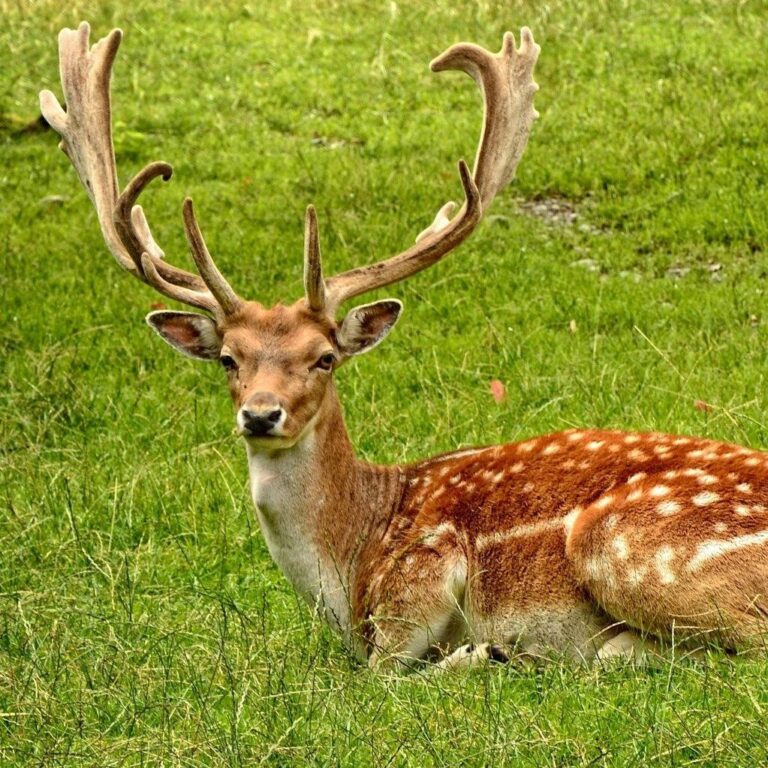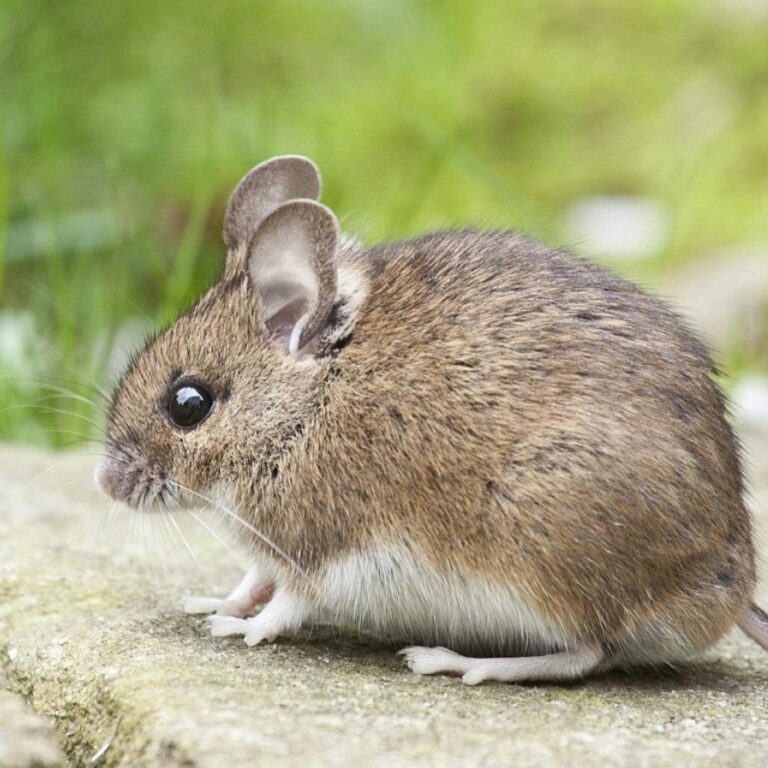They have a four-chambered stomach, similar to cows, which allows them to digest a wide variety of plant materials, including leaves, twigs, and fruits.
Only males grow antlers, and they shed and regrow them every year. The antlers are made of bone and can grow up to an inch a day during the growth period.
Deer are excellent swimmers and can cross rivers and lakes to escape predators or find new feeding grounds.
A group of deer is called a herd, and they are typically led by a dominant female, especially in species like white-tailed deer.
Fawns are born with white spots on their fur, which help them blend into the dappled sunlight of the forest floor, providing camouflage from predators.
They have an excellent sense of hearing and can rotate their ears independently to detect sounds from all directions.
The largest species is the moose, which can stand over 6 feet tall at the shoulder and weigh more than 1,500 pounds.
They can run at speeds of up to 30 miles per hour and are also capable of making high leaps, which help them escape predators.
The smallest deer species is the pudu, which stands just 12 to 16 inches tall at the shoulder and weighs about 20 pounds.
Deer have a wide field of vision due to the placement of their eyes on the sides of their heads, allowing them to see predators approaching from various angles.
They communicate with each other through a variety of sounds, body language, and even scents produced by glands on their bodies.
The red deer, found in Europe, Asia, and North Africa, is one of the few deer species where both males and females have antlers.
They play an important role in ecosystems by helping to control plant growth and providing a food source for predators.
During the rut, or mating season, male deers often engage in fierce battles using their antlers to compete for the attention of females.
They have a keen sense of smell, which they use to detect danger, find food, and communicate with other deer.



